It was not until I collected this species in Pico das Almas that I started to understand it better. Palhinhaea camporum resembles P. cernua in most details, but has more densely foliose, stiffly ascending, not recurved, sterile branchlets. The treelike shoots often have the branchlet systems clustered in a fasciculate manner, and the strobili are strongly recurved.
Collection Data (F.B. Matos 1034)
Classification & Common Names
- Class: Lycopodiopsida
- Family: Lycopodiaceae
- Genus: Palhinhaea Franco & Vasc.
- Species: Palhinhaea camporum (B. Øllg. & P.G. Windisch) Holub
- Var./Subsp.:
- Common name(s):
General Collection Data
- Date: 26-II-2006
- Primary Collector & #: F.B. Matos 1034
- Collection Party: J.L. Paixão, S.C. Sant'Ana & L.C. Gomes
- Det. History: F.B. Matos, XII.2013
- Habitat: Campos rupestres
- Habit: Terrestrial
- Specimen Locations: CEPEC, UPCB
Additional Comments
Collection Location
- Location: Pico das Almas – – Rio de Contas – Bahia – Brazil.
- Coordinates: -13.550000, -41.950000
- Elevation: 1850 m

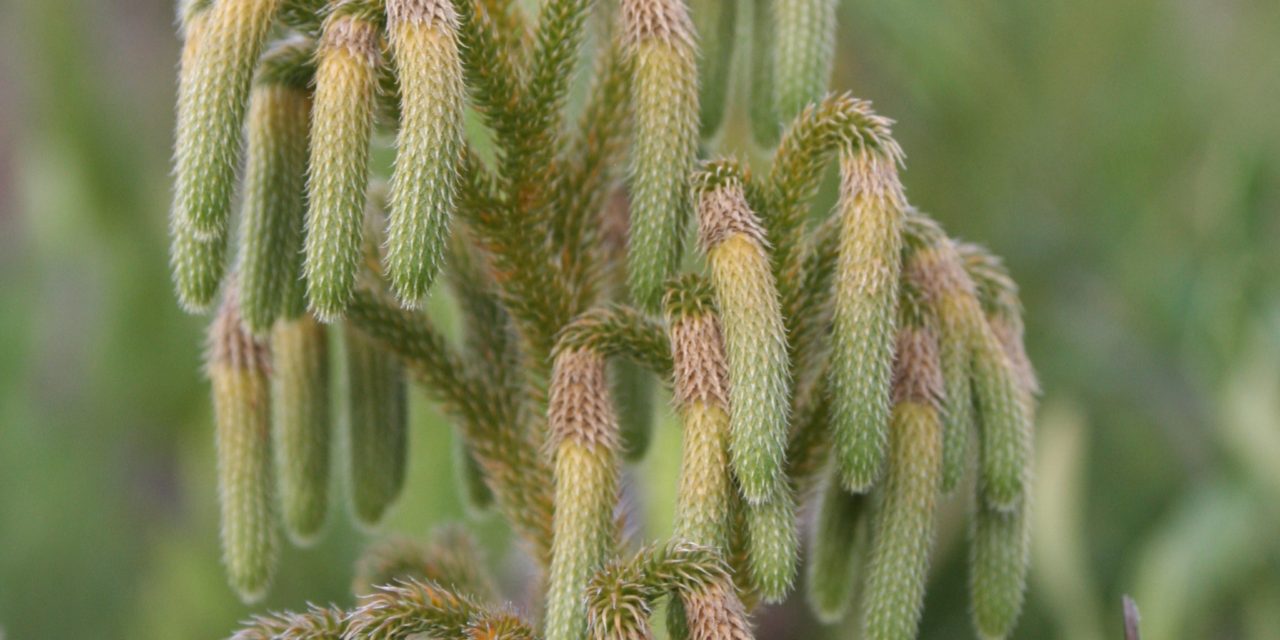
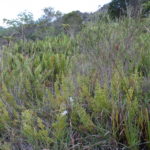
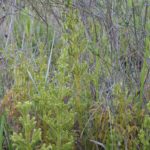
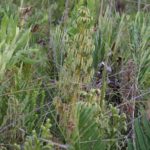
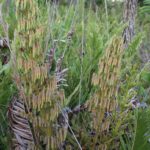
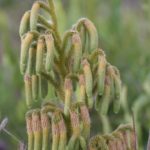
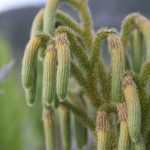
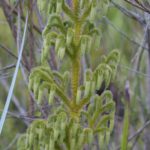
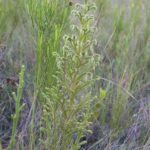
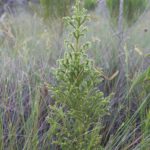
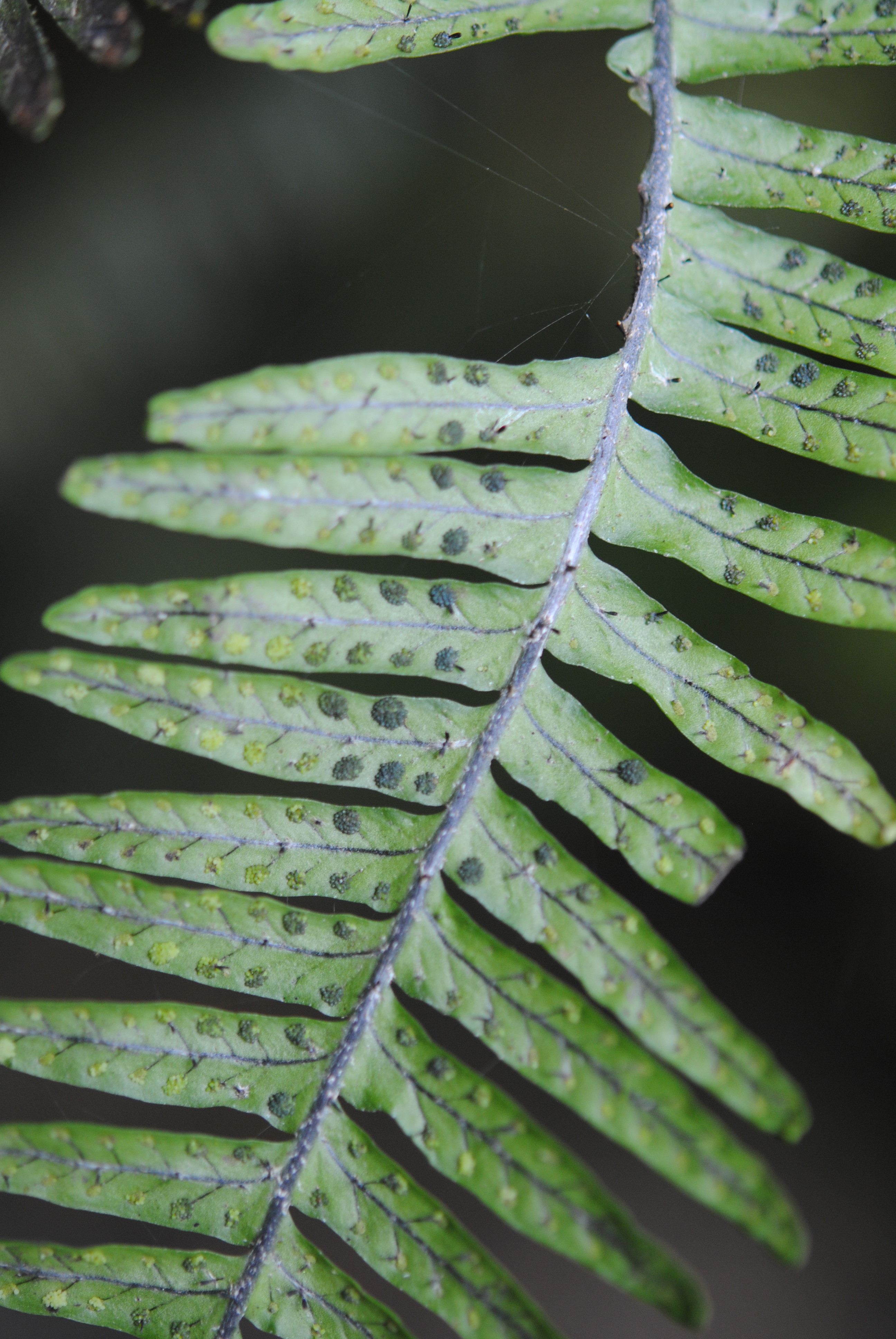

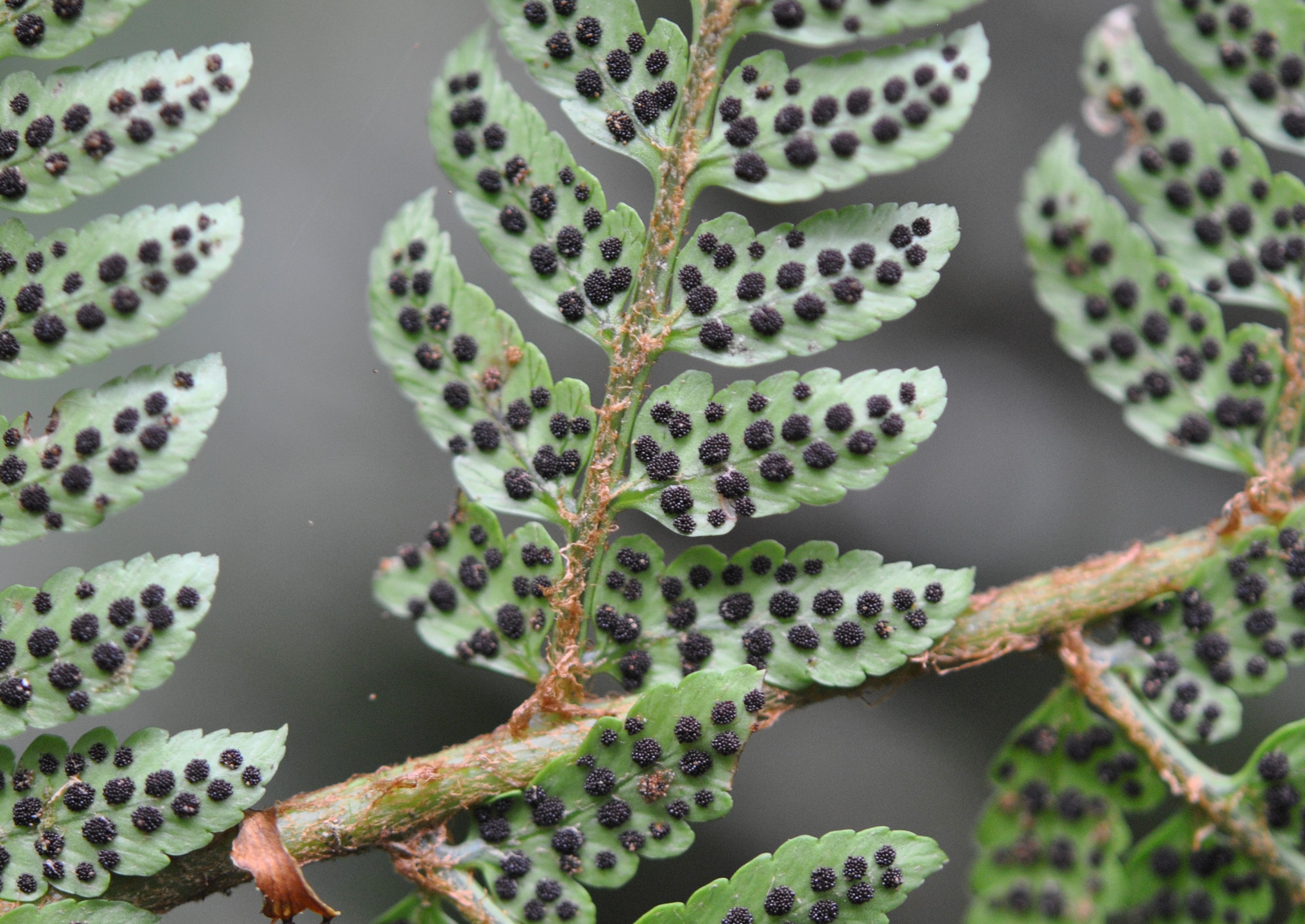
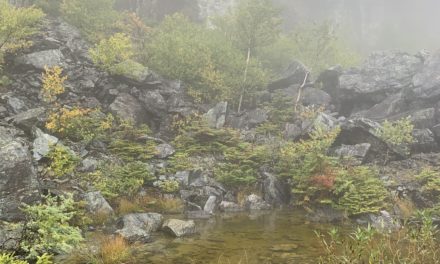
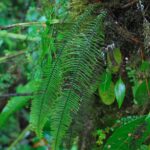
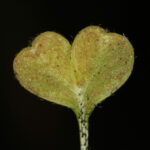
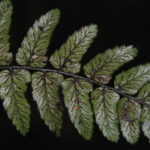
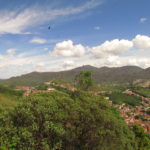
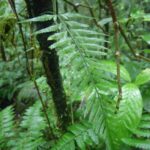
That is really interesting. I think I have seen photos of that species before and believed that they were P. cernua. Do you know the range of P. camporum?
According to Øllgaard (1992), this species is known from Venezuela, Guianas, Colombia, Peru, Bolivia, and Brazil. I believe it is a good species, but I also agree that it is not easy to distinguish it from P. cernua.
There are a few species in the P. cernua group that are all fairly similar. Some of them are more obviously different than others. I haven’t seen this one before, but agree that the upright sterile shoots are pretty different from the P. cernua that I have seen.
Cool find!
Someone should monograph Palhinhaea. Wes, this would be a neat project for one of your future PhD students… How many species are there in the genus?
Hi Fernando et al.! Glad to know that you can recognize this species. I find it very distinct, not so much in the details, but certainly in the growth habit, as you mention above, but and also in ecology. Palhinhaea cernua occurs mainly as a pioneer in disturbed sites, e.g. road banks but P camporum occurs mainly in more mature open vegetation, campos (hence the name), stream margins, forest margins etc. The two species are close, and I suspect that hybrids may be fairly common.
I believe that there are at least 16 spp in the Neotropics, some of them yet to be described.
Hi, Benjamin! Thanks a lot for your comment. I am really glad that you mentioned these ecological differences between the two species. I noticed this in the field, but was not sure if it was always like that (especially for P. cernua).
And thanks for the number of species. I’ve been wondering about this for some time. We should try to get pictures of all of them here on this site [You are more than welcome to contribute, if you want!]
I’d be pleased to! I have not yet found out how to upload photos, – please indicate.
Great! We will send your username and password in a few minutes (please check your email later today). Then you just have to login and start uploading your photos. I will help you getting started once you receive your account information.
I think this species also has larger strobili than P. cernua. Great plant!
Interesting! I wonder how many species of Palhinhaea that we have in Sabah. Rarely collected, because I only know P. cernua, and its extremely common in open areas.